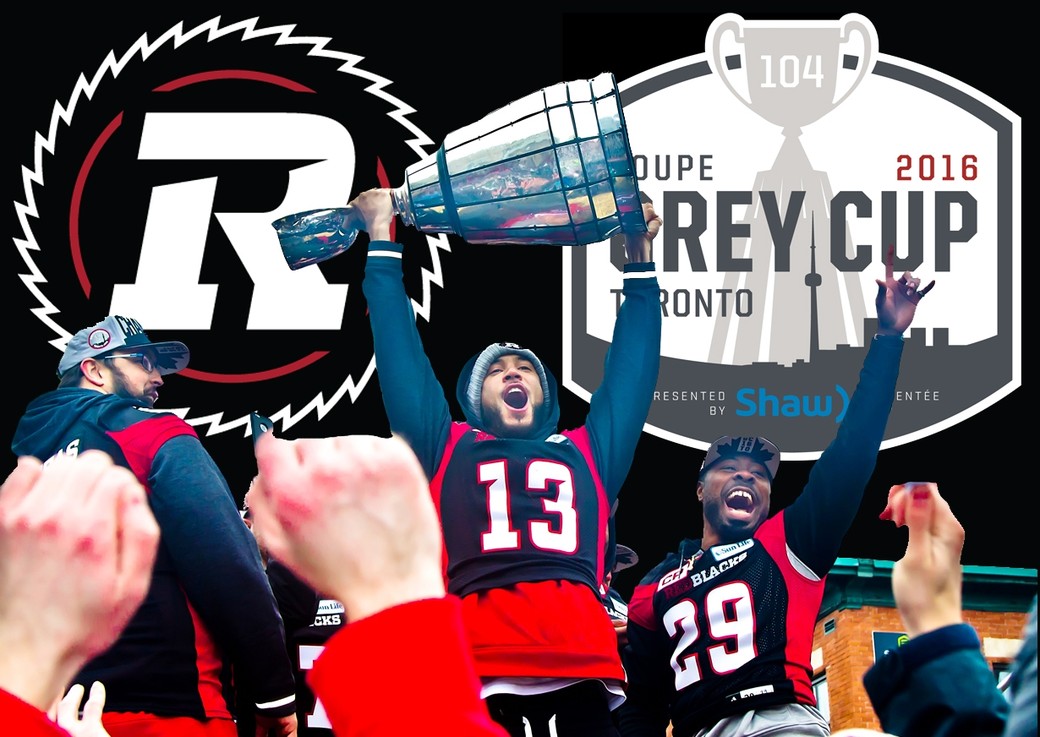
How to Analyze Sport Odds Better?
If you are new to sports betting it might be confusing when you need to fill out a bet slip. Unlike casino games such as slots which are mere games of chance, sports betting pays to understand bets and how to read odds. To make things simple most sites make recommendations to bettors. However, you will find it useful when you know about betting odds in general. Odds can be shown in different ways and hence, the numbers that represent them can mean different things. It also depends on the system that a sportsbook uses. Common ways to present odds are the fractional odds, decimal odds and American odds.
Fractional Odds
These are commonly used in sportsbooks that are not US-based such as Odds Shark Canada. As the term signifies, fractional odds are shown as fractions such as 7-4 or 3-1. In order to know how much you will profit from a bet, you need to multiply the fraction by the bet amount. For instance, if you bet $10 and the odds are 3-1. You will get $30 as profit as well as a $10 bet amount comes back to you. Similarly, if you bet with $10 when the odds are 7-4 you would profit $17.50. This is arrived at by multiplying $10 by the numerator which is 7 and then dividing the result by 4. This gives 70 divided by 4 or 17.50.
Usually, favorite bets have a denominator which is larger than the numerator, like 2-5 or 1-2. Underdog bets are those which have numerators bigger than denominators. Fractional odds are usually used in futures betting. In such cases, odds usually have a denominator as 1. This makes them easier to comprehend.
American Odds
These can appear confusing to beginners. They are based on $100 and how they relate to this base number is that it depends on whether the bet is a favorable one or not. For instance, favored bets usually start with negative numbers. They indicate how much a bettor needs to put in to win the amount of $100. When odds are -110, it indicates that, to win $100 you need to place a bet of $110. Similarly, if the odds are shown as -200, it means that, to win $100 you need to place a bet of $200. Bets do not need to be of such size but the proportions are scaled down or up accordingly. For instance, you could place a bet of $10 with odds of -200. This would indicate that you will get $5 as a profit along with the original bet amount.
If odds in this system are written with a plus sign, they are known as underdog bets. These are plus odds which state how much profit you can make on a bet of $100. Hence, if the odds are +200 and you place a bet of $100 you will profit $200. Hence, if the bet amount is $20 then your profit will be $40. They are usually listed as +100, -100 or EV.
For instance, a real game could look like this:
|
Team |
Spread |
Total |
Moneyline |
|
Los Angeles Lakers |
6/-110 |
U 52 |
+280 |
|
Boston Celtics |
-6/-110 |
O 52 |
-360 |
Here, both teams have odds of -110 when you bet against the spread. The same is for either side of the total that is, over or under. The difference is at the Moneyline. If you place a bet of the amount of $250 on the Celtics on Moneyline, this means that, if they win the game by any kind of margin the bettor will win. They will get $100 as a return on the original amount of $250 which is also credited to them. Similarly, if a bet is of $25 then one would make a profit of $10. You also notice here that the Lakers are the underdogs. They are represented by plus odds. As per the numbers given, if they win and you had placed $100 on them, you win additionally a profit of $280.
Decimal Odds
These are shown as a number. It is the amount a winning bet would profit from, considering $1 as the base bet amount. For instance, if the odds of a team are 6, that means, if it wins, it will give a profit of $5 on the original bet amount of $1. In such bets anything between 1 to 2 is considered a favorite bet. 2 is considered a bet of even money. If a bet has American odds of -115 it is equivalent to odds in the range of 20-23. Decimal odds are accordingly listed in this case as 1.87. If the bet amount is $10 you need to multiply the odds by the bet amount which gives the original bet with a return. This comes to a total of $18.70.
Convert Odds to Percentages
It is mostly easier to convert odds to break-even percentages. This usually helps bettors to understand what a good bet is. For instance, if odds are +200 it means a book will give you odds that the bet will come in one-third of the time. If the likelihood is higher than the bet is a good one. The example of flipping a coin is relevant as well. You know that the probability of heads coming as a result of flipping a coin is 1 in 2. If the odds are better than this, then the bet is a good one. Usually, sporting events have approximate odds given since exact odds are not easy to predict. However, one needs to evaluate bets on money lines.
Get Familiar with Bets and Odds
If the above principles all seem daunting to you, the best way to go about it is familiarity. Start by registering at a reliable sports betting site. Basic steps to fill out a bet slip, know the odds and get tips on a game are given on most portals. As you bet on different games and see the outcomes, you will understand bets and their odds better. At the same time, you can use cashback and free bet money offers to enjoy your gambling experience more. All this will help one to get to know odds and bets well and develop their own strategies when betting on sports events.
Photo: iStock








